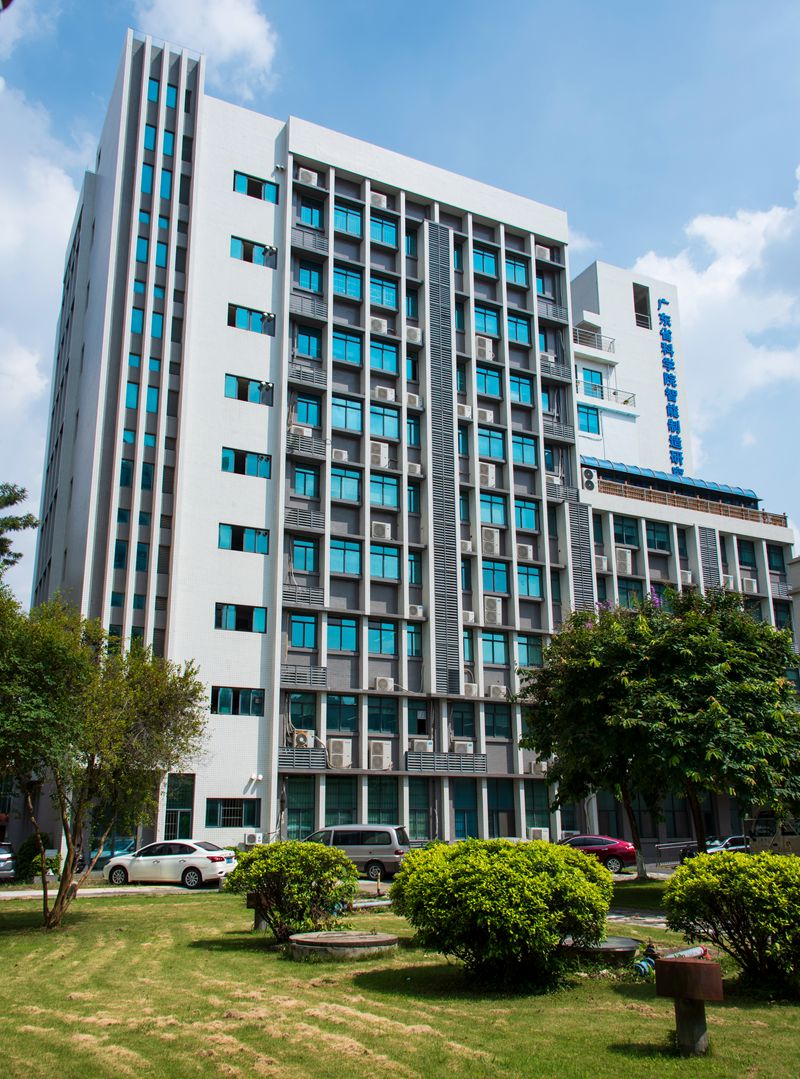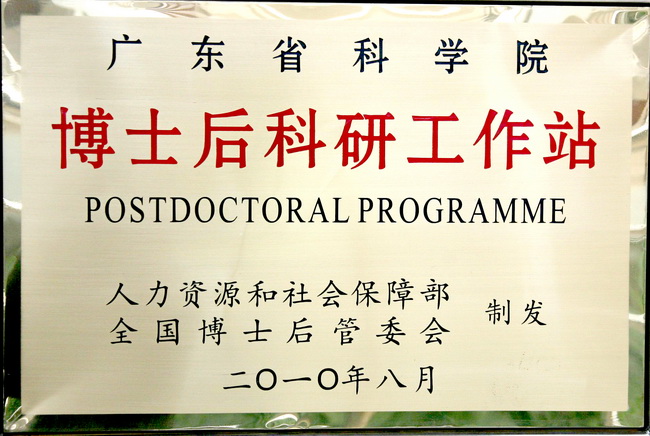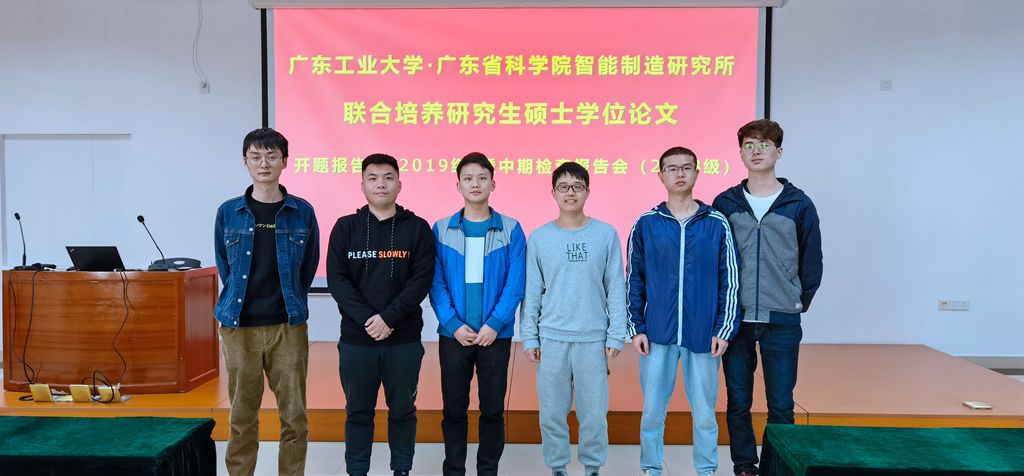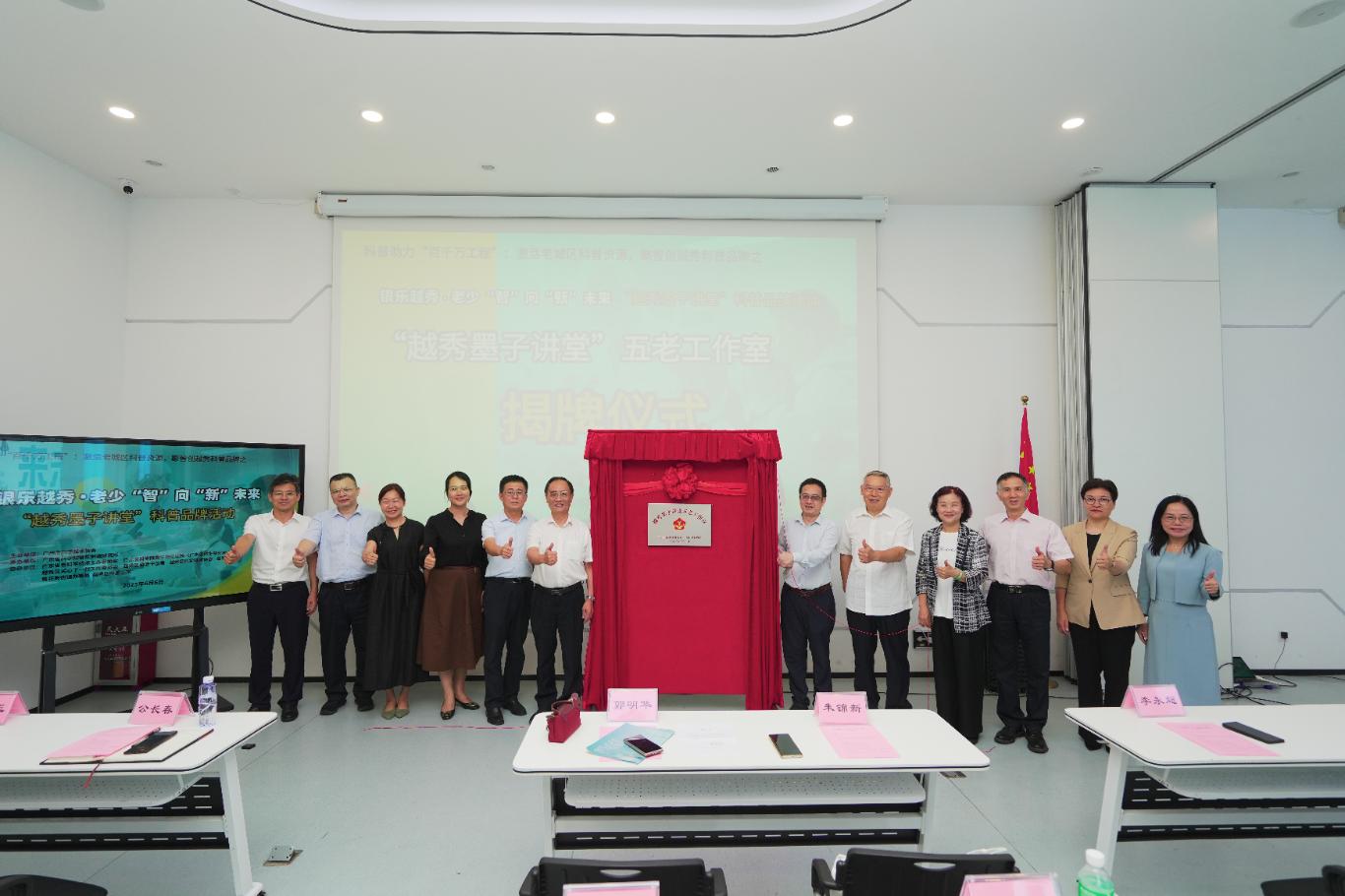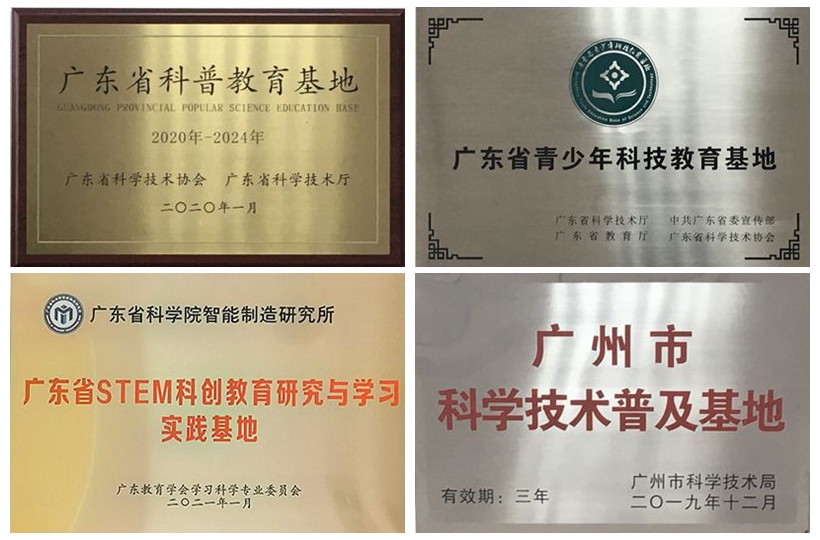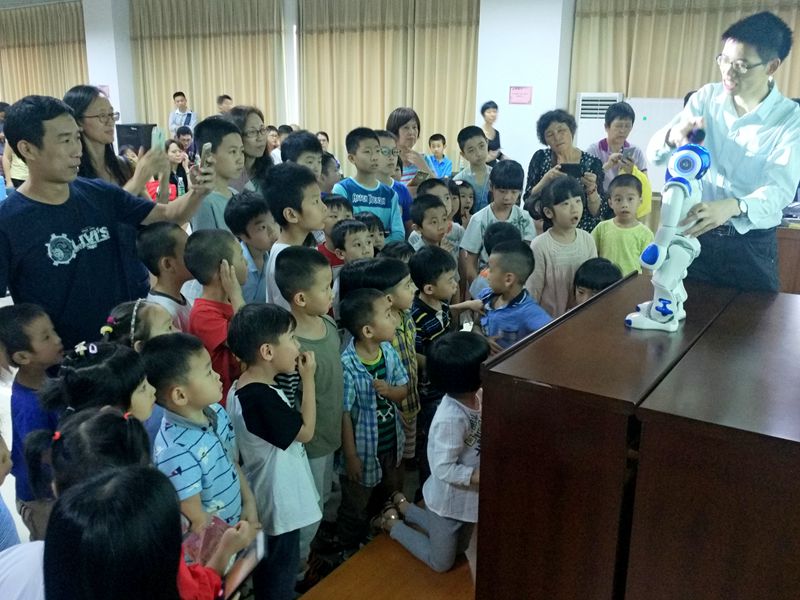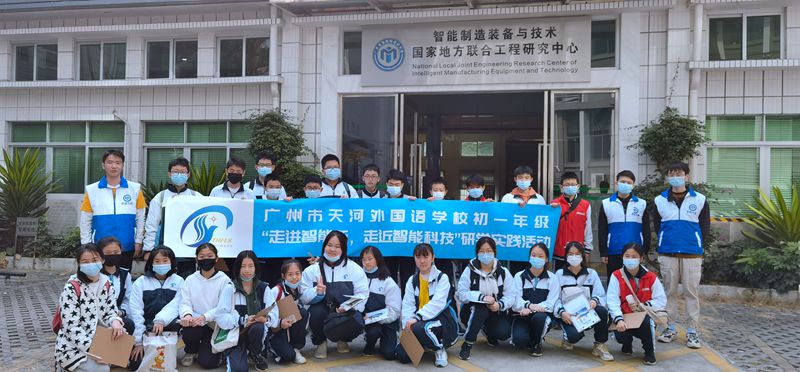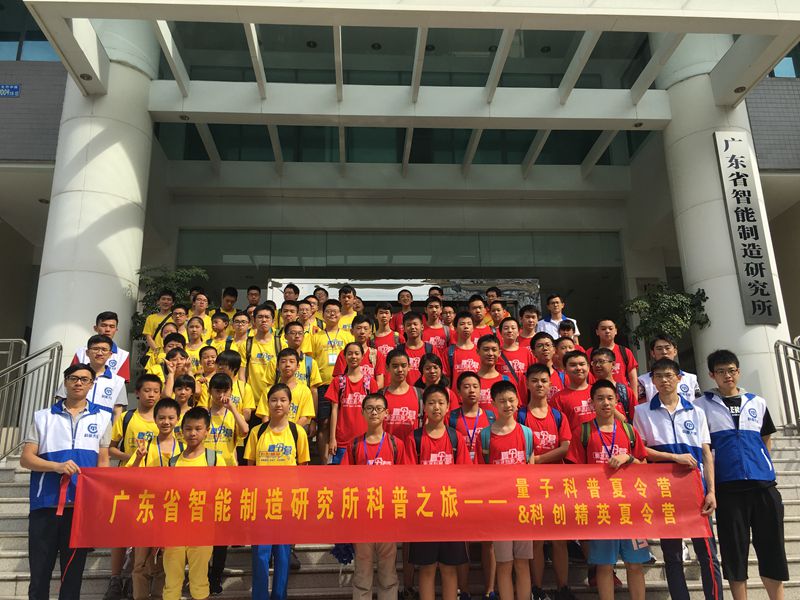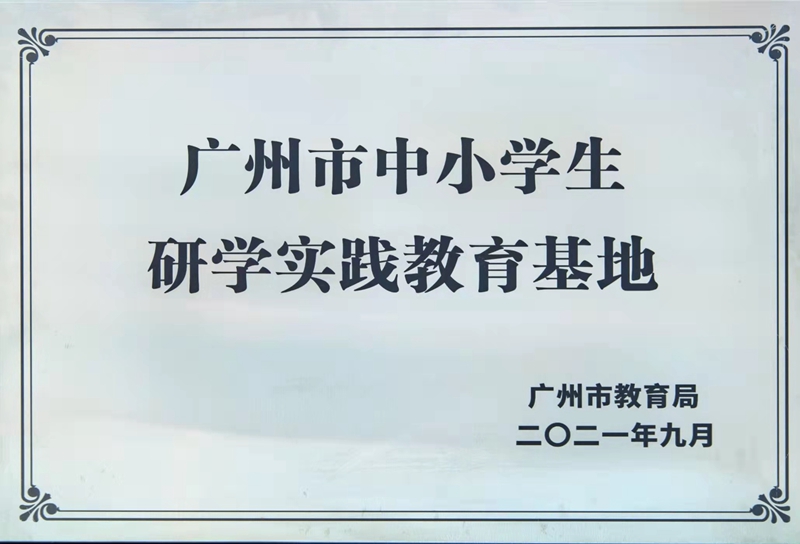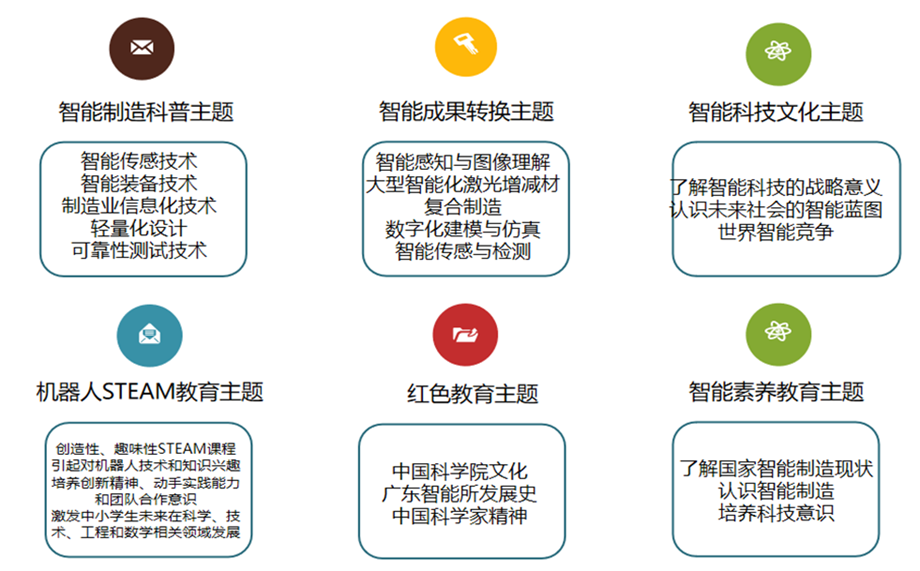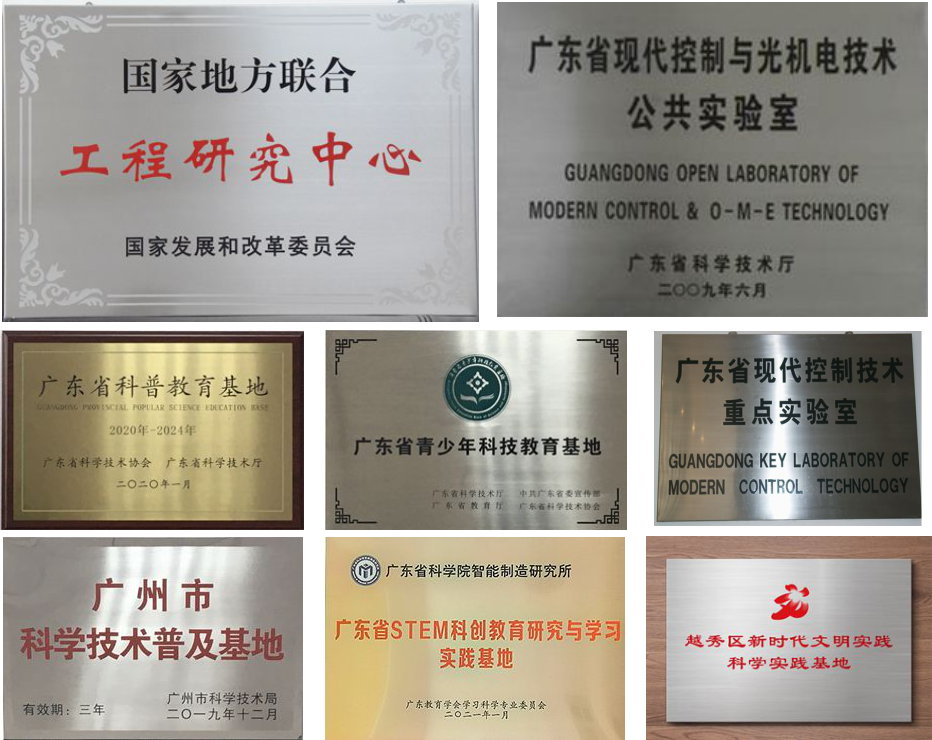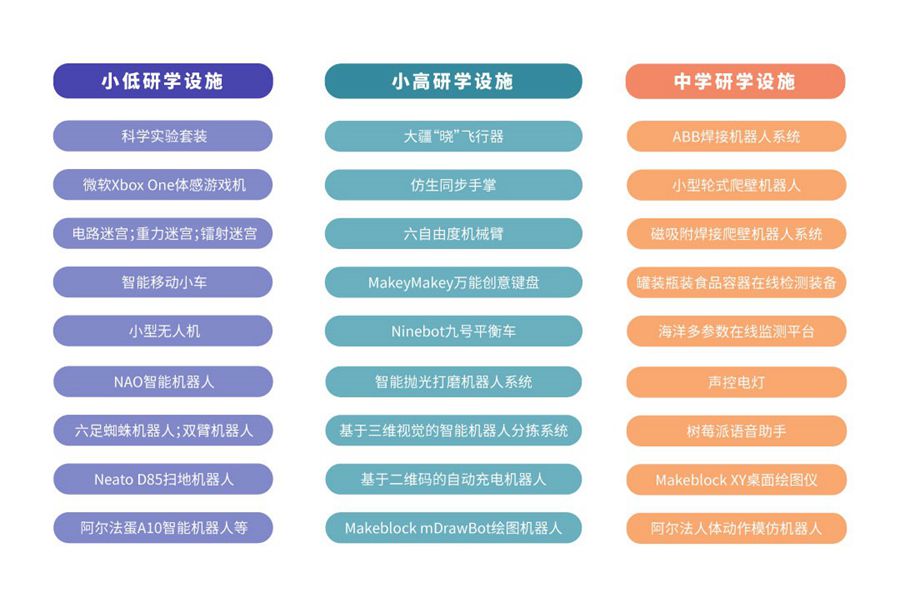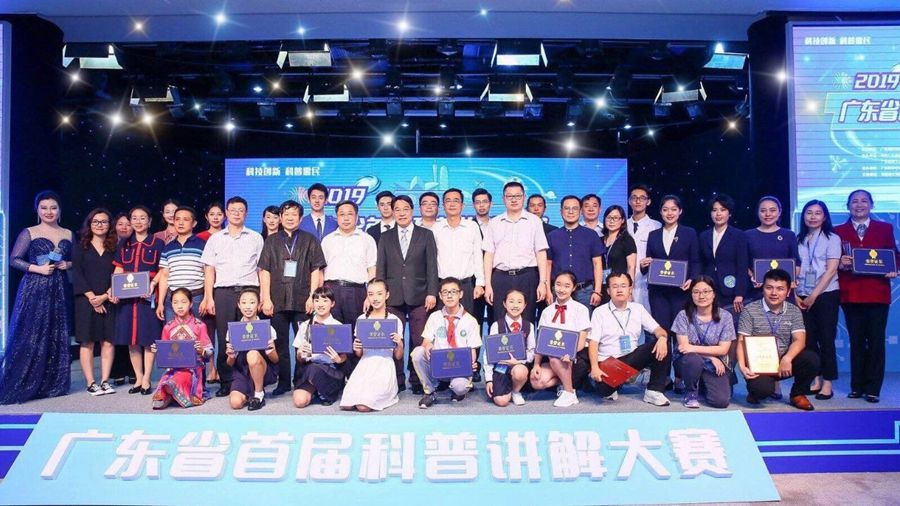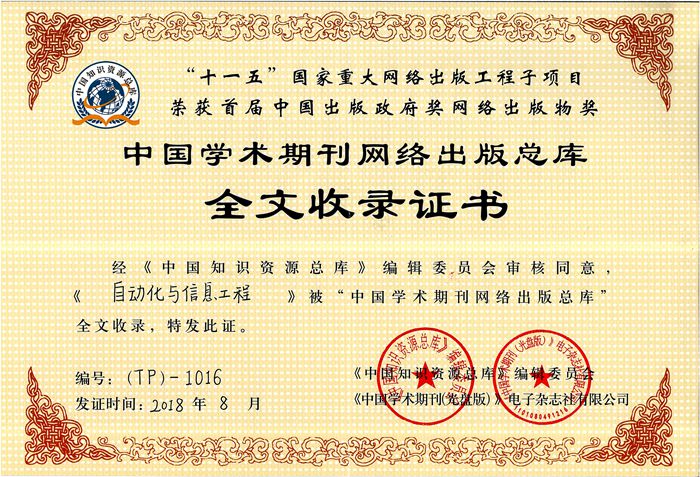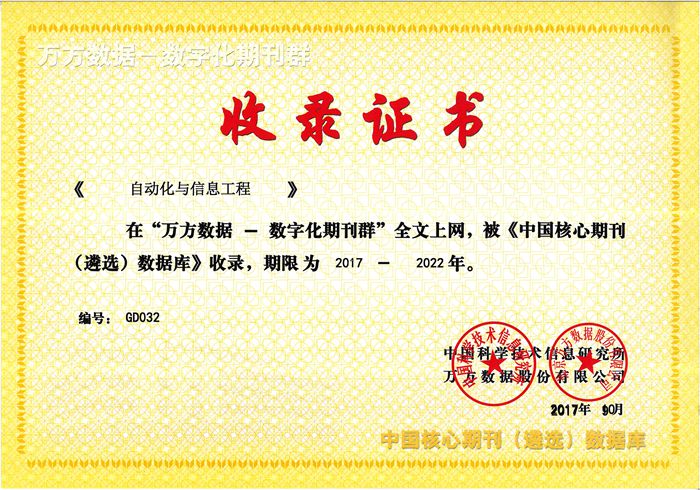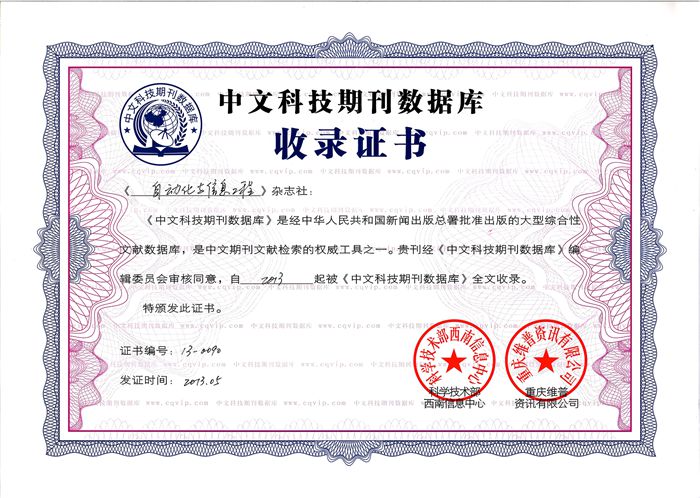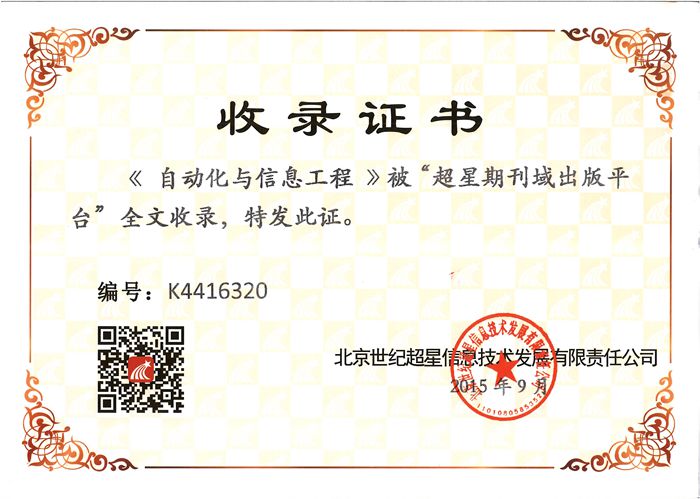2024年02期 v.45 14-21页
李文 林旭滨
(广东工业大学,广东 广州 510006)
摘要:针对现有点云配准算法在非重复扫描式激光雷达上存在精度低、鲁棒性差、通用性差等问题,提出一种基于全局特征地图的由粗到细点云配准算法(CTF-ICP),并实现非重复扫描式激光雷达里程计。该算法利用高斯分布表征局部点云分布,构建全局特征地图。配准阶段包含粗配准和精配准。首先,采用正态分布变换在连续点云帧之间实现帧到帧的粗配准;然后,根据粗配准的结果将当前点云映射到全局特征地图,并将对应位置的全局特征协方差矩阵的特征值进行归一化,实现帧到地图的精配准;最后,将该文算法与其他常用的配准算法进行对比实验。实验结果表明:该文算法能够较好地适应非重复扫描式激光雷达,配准精度和速度比常用的配准算法都有明显提升;同时,消融实验证明了由粗到细的点云配准算法以及全局特征地图的有效性。
关键词:全局特征地图;由粗到细点云配准算法;非重复扫描式激光雷达里程计;高斯分布;正态分布变换
中图分类号:TP391 文献标志码:A 文章编号:1674-2605(2024)02-0003-08
DOI:10.3969/j.issn.1674-2605.2024.02.003
Coarse-to-fine Point Cloud Registration Algorithm Based on Global Feature Maps
LI Wen LIN Xubin
(Guangdong University of Technology, Guangzhou 510006, China)
Abstract: Aiming at the problems of low accuracy, poor robustness, and poor universality of existing point cloud registration algorithms on non-repetitive scanning LiDAR, a coarse-to-fine point cloud registration algorithm based on global feature map (CTF-ICP) is proposed, and a non-repetitive scanning LiDAR odometer is implemented. This algorithm uses Gaussian distribution to characterize the local point cloud distribution and construct a global feature map. The registration stage includes coarse registration and fine registration. Firstly, using normal distribution transformation to achieve frame to frame coarse registration between continuous point cloud frames; Then, based on the coarse registration results, the current point cloud is mapped to the global feature map, and the eigenvalues of the global feature covariance matrix at the corresponding positions are normalized to achieve precise frame to map registration; Finally, a comparative experiment will be conducted between the algorithm proposed in this article and other commonly used registration algorithms. The experimental results show that the algorithm proposed in this paper can adapt well to non-repetitive scanning LiDAR, and the registration accuracy and speed are significantly improved compared to commonly used registration algorithms; Meanwhile, ablation experiments have demonstrated the effectiveness of the coarse-to-fine point cloud registration algorithm and the global feature map.
Keywords: global feature map; coarse-to-fine point cloud registration; non-repetitive LiDAR odometry; Gaussian distribution; normal distribution transformation

